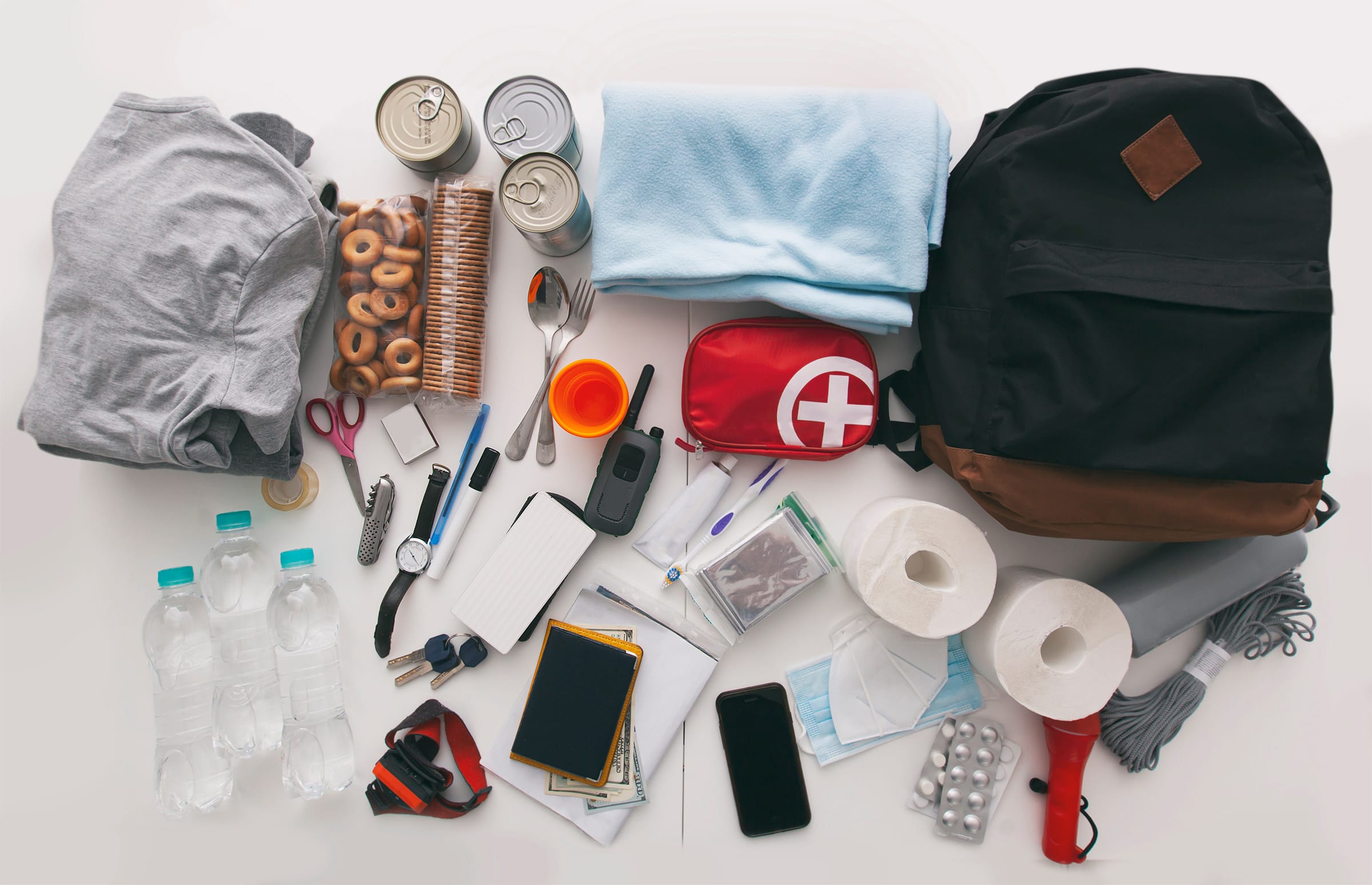As a caregiver, are you ready for a flood, fire, hurricane or haboob? Having a well-thought-out plan in place can help protect the health and safety of yourself and those for whom you care. Here’s a step-by-step guide to help you develop an effective plan.
Know your needs. If the person you care for has special medical or mobility needs, plan for how you will manage medications, medical treatments, a backup power source and any assistive devices during an emergency.
Determine specific vulnerabilities such as mobility issues, medical conditions, communication challenges or the need for reliable power.
Get medical records and identification ready. Keep copies of medical records,
a medications list, insurance cards and treatment plans easily accessible. Make sure everyone has proper identification and contact information including health care providers, emergency services and family members. Keep important papers in a waterproof file and digital copies stored securely online or on a portable USB drive.
Develop a plan. Compile a list of important contacts including family members, doctors, and emergency services. Identify and map out primary and secondary evacuation routes from your home or facility. Ensure routes are accessible to those with mobility issues. Choose safe places to go in case of evacuation, such as shelters, friends’ homes or designated safe zones.
Prepare a “Go Kit” with essential supplies. Customize the kit based on the specific needs of your care recipient (e.g., hearing aids, mobility aids, dietary needs). Include:
- Medication, a medication list and medical supplies
- Drinking water and nonperishable food
- Cell phone, charger and flashlight
- Portable radio (check batteries regularly)
- First aid kit including face masks
- Clothing, toiletries, prescription glasses and cash
- Blanket…and don’t forget the pets!
Develop a communication plan. Identify how to receive emergency alerts and warnings through weather apps, radio or a landline phone, etc. Keep all communication devices fully charged. If applicable, have alternative communication devices for those with hearing or speech impairments.
Share information. Make sure everyone on the care team understands the emergency plan, including care recipients, family members and other caregivers. Provide the plan in accessible formats if needed, such as large print, audio or digital formats.
Conduct regular drills with those in your care to practice evacuation procedures and ensure everyone knows what to do in case of an emergency. Ensure caregivers and those in your care are trained in basic first aid and CPR. Review and update your plan and supplies regularly.
Another important preparation tip is to download the FEMA app at www.ready.gov. By taking these steps, you can create a robust emergency and evacuation plan tailored to the specific needs of those in your care, helping to ensure their safety and well-being.
Arlene Gotshalk is the author of CareGiving Toolkit and can be reached at (831) 588.3373 or info@caregivingtoolkit.com.














































Comments (0)